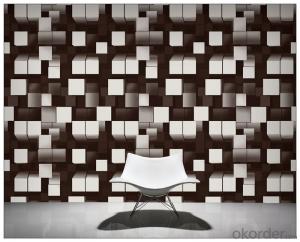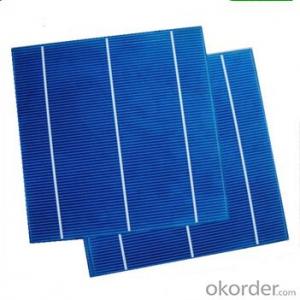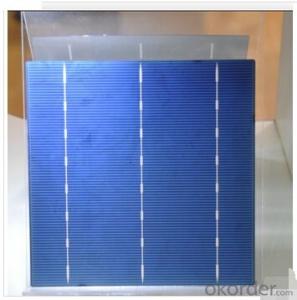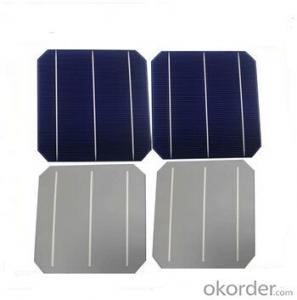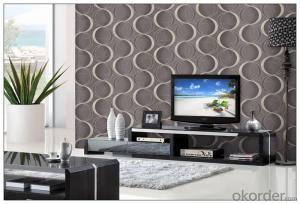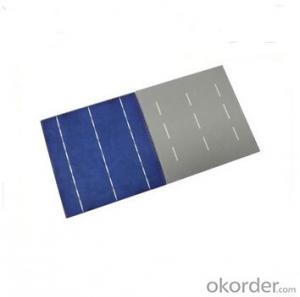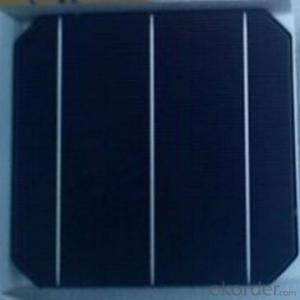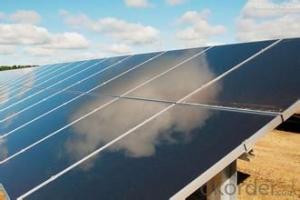3d Solar Cells
3d Solar Cells Related Searches
Raw Material For Solar Cells Roof Shingles With Solar Cells High Quality Solar Cells Light Trapping In Solar Cells High Performance Solar Cells High Output Solar Cells Best Solar Cells In The World Energy Transfer In Solar Cells Recombination In Solar Cells Hot Solar CellsHot Searches
Cheap Solar Cells For Sale Flexible Solar Cells For Sale Printed Solar Cells For Sale Bulk Solar Cells For Sale 6x6 Solar Cells For Sale Broken Solar Cells For Sale Cpv Solar Cells For Sale Price Of Solar Cells Over Time Buy Solar Cells From China Cheap Solar Cells China Best Type Of Solar Cells Flexible Solar Cells Price 3 Types Of Solar Cells Production Of Solar Cells Common Types Of Solar Cells Outdoor Led Screen Manufacturers Sandpaper Manufacturers In India Home Depot Solar Cells N-Type Solar Cells Led Headlight Manufacturers3d Solar Cells Supplier & Manufacturer from China
Okorder.com is a professional 3d Solar Cells supplier & manufacturer, offers integrated one-stop services including real-time quoting and online cargo tracking. We are funded by CNBM Group, a Fortune 500 enterprise and the largest 3d Solar Cells firm in China.Hot Products
FAQ
- Yes, solar cells can be used in mining or extraction operations. Solar power can be utilized to provide electricity for various mining processes, such as powering equipment, lighting, and ventilation systems. This helps reduce the reliance on traditional energy sources, lower operational costs, and minimize environmental impact, making it a sustainable and viable option for mining and extraction operations.
- Yes, solar cells can be used in airports. They can be installed on rooftops, parking lots, and other open areas to generate clean and renewable electricity for powering various airport operations, such as lighting, signage, and charging stations. Additionally, solar cells can help reduce the carbon footprint of airports and contribute to their sustainability initiatives.
- Solar cells perform well in areas with frequent power outages as they can provide a reliable and independent source of electricity. As long as there is sunlight, solar cells can generate electricity, allowing households and businesses to continue operating even during power disruptions. Additionally, excess energy generated by solar cells can be stored in batteries for use during nighttime or cloudy days, ensuring a continuous power supply.
- Can a solar cell be used in commercial buildings?
- Solar cells are very often used in commercial buildings to generate the power
- Yes, solar cells can be used for powering oil rigs. They can provide a renewable and sustainable source of energy to run various equipment and systems on the rig. Solar panels can be installed on the rig's surface or nearby structures to capture sunlight and convert it into electricity, reducing the reliance on traditional fossil fuel-based power sources.
- Yes, solar cells can be used in parking lots. They can be installed on canopies or shade structures above parking spaces, or integrated into the ground as solar parking lot tiles. This allows parking lots to generate clean and renewable energy while providing shade for vehicles.
- Bird collisions can have a negative impact on solar cell performance. When birds collide with solar panels, they can cause physical damage to the cells, leading to reduced efficiency and power output. Additionally, bird droppings and debris left behind can create shading and block sunlight from reaching the cells, further decreasing their performance. Therefore, preventing bird collisions is important to ensure optimal functioning and longevity of solar panels.
- A solar cell works by converting sunlight into electricity through the photovoltaic effect. It consists of a thin semiconductor material, usually silicon, which absorbs photons from sunlight. When the photons strike the semiconductor material, they transfer their energy to the electrons in the material, causing them to become excited and move freely. This creates a flow of electrons, known as an electric current. The solar cell contains two layers, one with excess electrons (n-type) and the other with a deficiency of electrons (p-type), creating an electric field. As the excited electrons move towards the p-n junction, the electric field forces them to move in one direction, resulting in a usable electric current. This current can be harnessed and used to power various devices or stored in batteries for later use.






